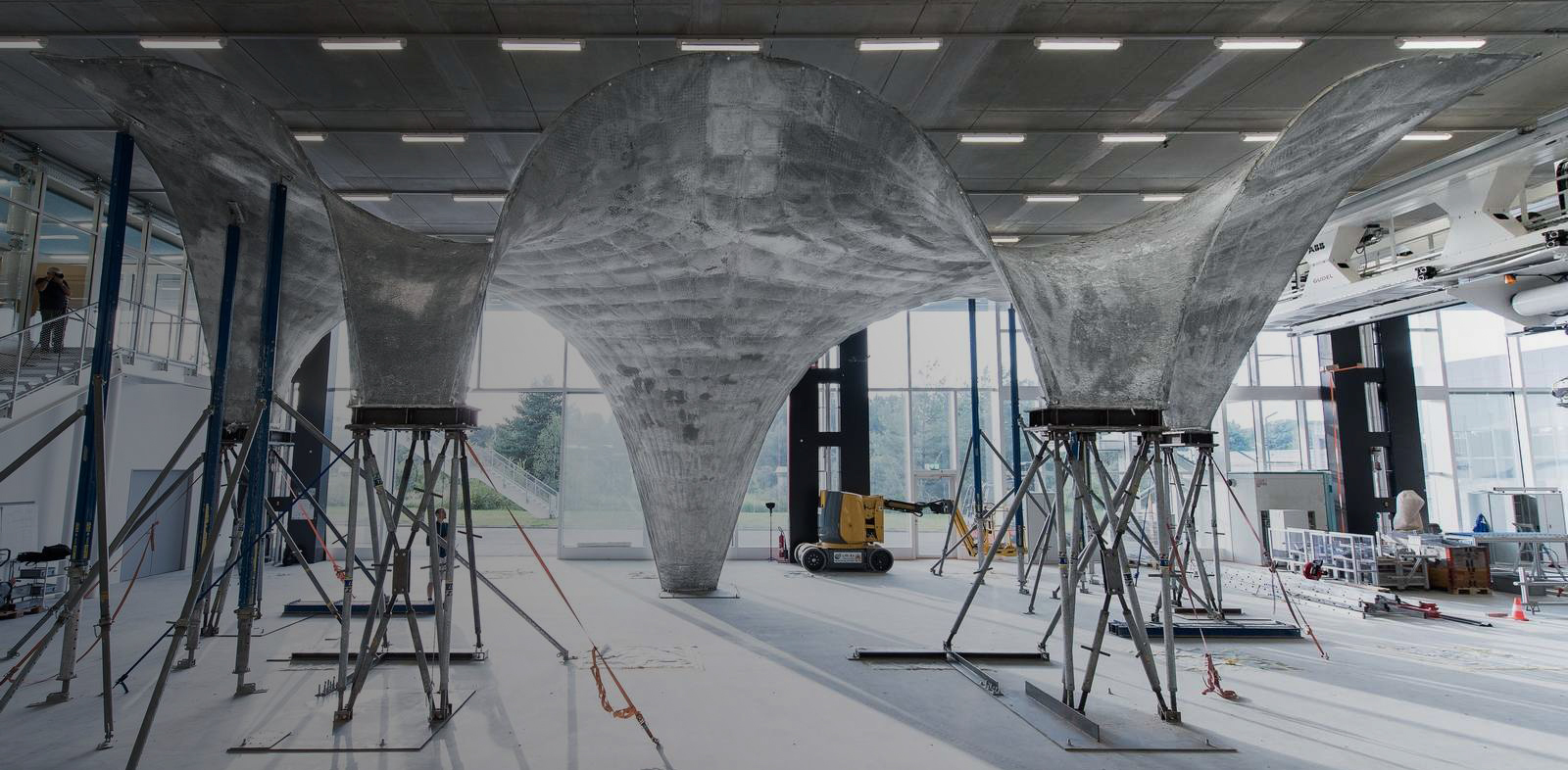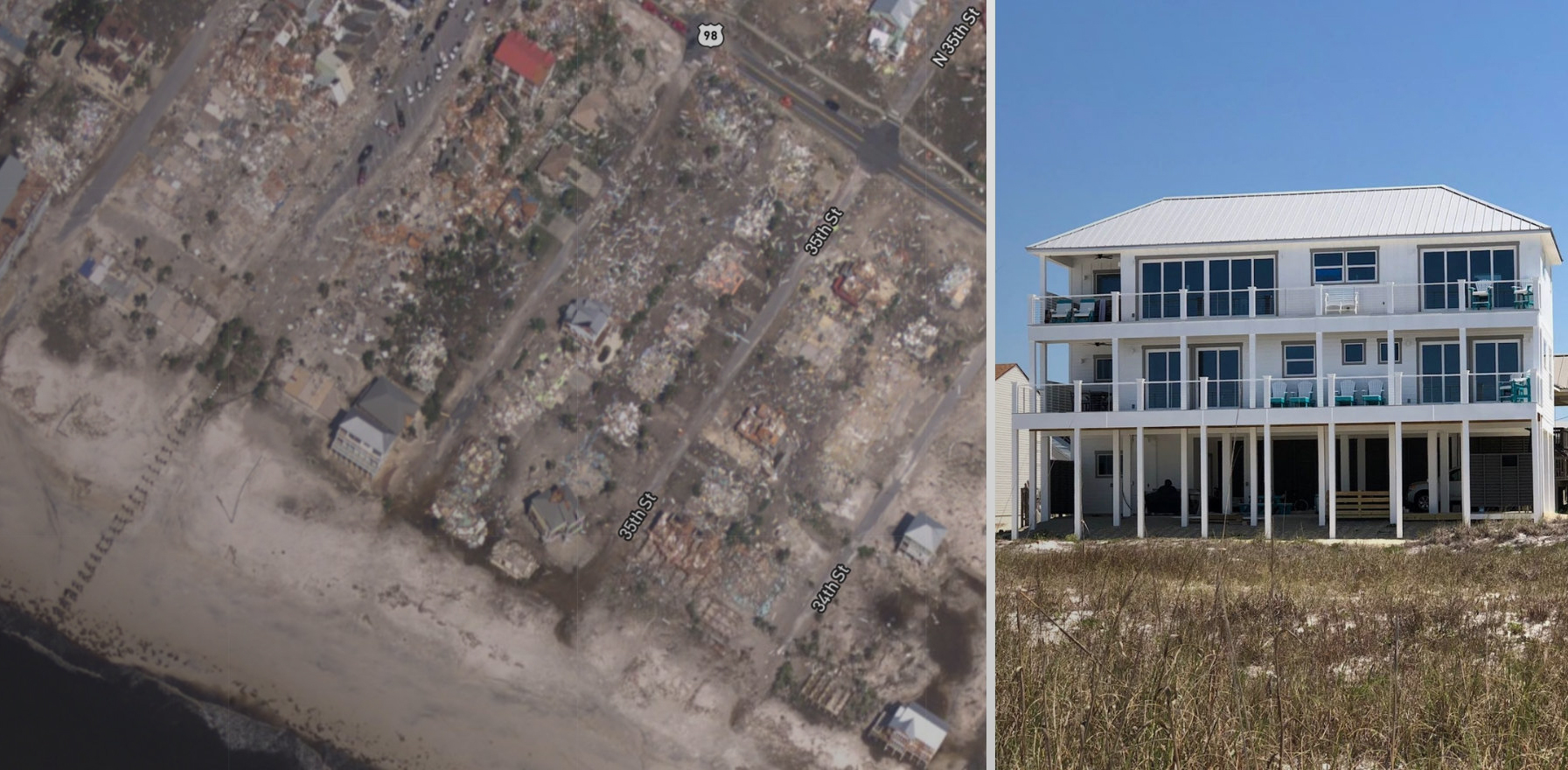Architects: Showcase your next project through Architizer and sign up for our inspirational newsletter.
The widespread adoption of photovoltaics remains one of those looming questions in architecture. Despite the growing prevalence of PV-systems all of over the world, many onlookers are eager to see much, much more and at a much faster rate. With the operation of buildings accounting for almost 40% of the world’s overall energy consumption, the platform for energy reduction is inconceivably large, and as a result, expediency is key.
Aside from politics, issues that have historically slowed the sweeping integration of solar panels include their imposing aesthetic appearance and their steep costs. As a result, researchers are not only challenged with creating photovoltaic iterations that are incredibly efficient, but also cheaper and aesthetically pleasing. This has resulted in a large move towards building integrated systems, which harness photovoltaics as replacements for conventional building materials, such as roofs and façades, rather than as add-on elements. The ongoing mastery of these technologies will play a key role in the common adoption of photovoltaics throughout architecture.

Image via Tesla
One recent high-profile example includes Tesla’s solar roof tiles, which look astonishingly like everyday, non-photovoltaic roof tiles. Elon Musk’s goal with this preeminent product, which went into production last year, was to create an attractive photovoltaic roof replacement method that could accommodate a wide array of architectural styles. Tesla achieved this by producing tiles out of tempered glass, with a color film and microscopic louvers that allow light to pass through to the Panasonic-made solar cells. According to Tesla, the high-performance glass is just as tough as steel.
Tesla is not the only company channeling their capacity into these sorts of developments. Several recent advancements in photovoltaic construction signal that energy-generating concrete could play a larger role in the future of architecture. Two cases in particular, stand out in their recent contributions to the burgeoning field of photovoltaic concrete.

LafargeHolcim and Heliatek’s prefabricated cladding with integrated solar energy system; via Agg-Net

Heliatek’s Heliafilm via Innogy
LafargeHolcim and Heliatek
In November 2017, LafargeHolcim and Heliatek presented a prototype for a new photovoltaic concrete façade system at French construction fair, Batimat. With two different yet complementary sets of knowledge, LafargeHolcim and Heliatek joined forces to create an architectural concrete panel façade system with the potential to double the power harvesting capacity of traditional roof-based solar technologies.
LarfargeHolcim is a Swiss building material manufacturer and the world’s largest cement-maker, while Heliatek is a German solar energy manufacturing company. The new system combines LafargeHolcim’s Ductal concrete panels with Heliatek’s lightweight and extremely thin solar film called HeliaFilm. With this new solution, prefabricated Ductal panels can be delivered to site with an integrated solar energy-generation system.
According to LafargeHolcim, “With a CO2 life cycle impact close to five times less than traditional crystalline photovoltaics, the HeliaFilm is the greenest photovoltaics solution worldwide.” Additionally, if a typical 10-story commercial building covered 60% of its façade, these panels could generate about 30% of its annual energy requirement. With this advanced system, the manufacturers hope that architects will be able to mitigate the energy costs of buildings while enjoying the benefits of a light, low maintenance and long-lasting cladding solution.

Image via Architect Magazine

Image via Architect Magazine
Block Research Group at ETH Zurich
Researchers of the Block Research Group at ETH Zurich have developed an ultra-thin, self-supporting, photovoltaic concrete structure with multiple layers of functionality. Beyond just power generation, this incredibly sinuous structure offers thermal regulation, insulation and waterproofing properties.
Layers of heating coils, cooling coils and insulation are sandwiched between two layers of concrete. Echoing LafargeHolcim and Heliatek’s work, the final concrete layer is covered with a thin film of photovoltaic cells that will generate energy for the designated building. At an average thickness of approximately two-inches, this work provides endless insights for the future of photovoltaic concrete, and demonstrates that it is possible to build a thin concrete shell using flexible formwork and photovoltaic elements.
Research Photovoltaics Manufacturers
Architects: Showcase your next project through Architizer and sign up for our inspirational newsletter.
Header Image via Architect Magazine.




